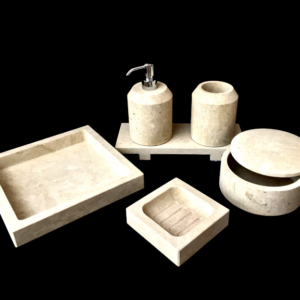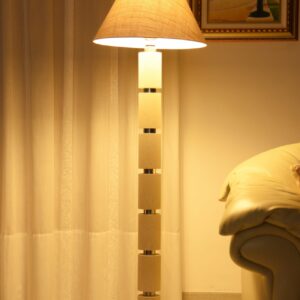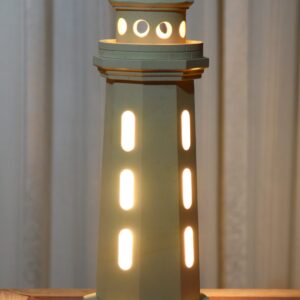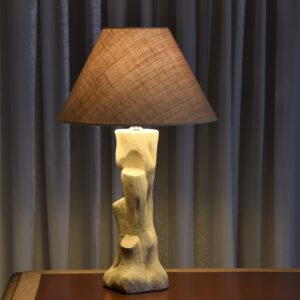Lecce stone
What’s Lecce stone?
Lecce stone is a unique limestone that can be found in the Southern area of Salento (Apulia, Italy). It dates back to the Miocene (about 20.5 million years ago): a very very ancient stone, which long history gives us the measure of its unique value.
In the beginning was Sea
Lecce Stone: characteristics
Lecce Stone is made up of calcium carbonate together with different types of minerals and sea fossils. The limestone that emerges naturally from the soil is the result of the gradual layering of sea deposits. Throughout the very long historical period called Miocene, the sea has repeatedly flooded and swept the rocks of the current Salento area. The result is a unique limestone composed of different minerals and fossils that can be clearly observed to the naked eye.
What’s the aspect of Lecce Stone?
Lecce stone tells us very much about its history. While observing it, it’s possible to distinguish several sequences of layers – corresponding to different ages – and to understand much about the marine life that inhabited the Mediterranean of millions of years ago. It’s not surprise that within the blocks of limestone there’s a true treasure displaying the marks of a long history, a multitude of fossils such as fishes, turtles, cephalopods and even shark’s teeth. A treasure whose uncountable value is preserved and respectfully shaped into new stone pieces of art.
How does Lecce Stone mining take place?
Lecce Stone has a very soft grain and is really malleable, so much that it could be compared to wood. That’s the reason why, once the superficial lichens natural coating is removed, Lecce Stone is mined quite easily from open quarries. Texun artisans shape and mould the limestone with the same devotion as their “colleagues” of the renowned Baroque period. And, what’s more, they still use the same traditional tools, such as saw, planer, rasp and chiser – that allow them to be as far precise and detailed as possible, preserving the original characteristics of the raw material (for instance, fossils).
What are the uses of Lecce Stone?
Any tourist visiting Salento will have the possibility to see with his own eyes the fascination of this natural limestone. The huge architectural masterpieces of the Baroque period still hold the scene in most towns and cities of Salento. In Lecce, both the Cathedral and the Church of The Holy Cross are completely built and finely decorated with Lecce Stone. Actually, Lecce Stone, thanks to its being both hard and gentle at the same time, is perfect for bringing to life majestic construction works resistant to the passing of time, as well as for sculpting decorative elements such as pinnacles, capitals, friezes and rose windows. Since the Baroque period, this unique limestone has never lost its prominent role both in architecture and in sculpture. Thanks to its resistance to time and its warm pale yellow colour, these days Lecce Stone is widely appreciated. It’s used to build capitals, fireplaces, fountains, but also lampshades, abat-jours, table lamps, bathroom sets for private use and much more.













